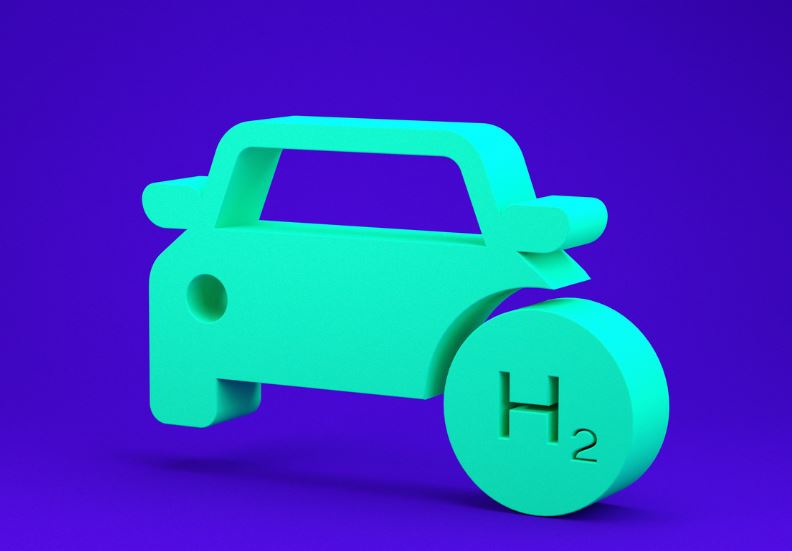This research titled “Study of Magnetic Vibrations in Hydrogen Electric Vehicles” by authors D.Y. Babitsky and D.M. Toporkov, explores the potential of hydrogen-powered vehicles to reduce carbon emissions and the use of specific types of electric motors to achieve this.
Hydrogen electric vehicles, running on electricity generated in fuel cells, emit only water vapor and offer a renewable energy solution to combat road transport emissions, which account for a significant portion of global pollution. These vehicles are lauded for their ability to produce electricity without carbon emissions, utilizing a fuel source that is both economical and easy to transport.
The study primarily focuses on the synchronous machines used in hydrogen vehicles. These machines utilize permanent magnet excitation and fractional slot concentrated windings, which are conducive to energy efficiency, reduced material usage, and favorable mass-dimension characteristics. However, certain motor designs experience increased noise and vibration due to radial forces between the stator and rotor.
The research outlines a method to calculate these radial forces and examines how the magnetic systems in these motors contribute to vibrations. It is found that the vibrations resulting in bending deformations and rotor attraction are predominated due to two main harmonics in the winding’s magnetomotive force.
To mitigate these vibrations, the authors suggest design modifications that target one of the main harmonics. These recommendations aim to reduce magnetic vibrations, thereby enhancing the performance and comfort of hydrogen electric vehicles.
